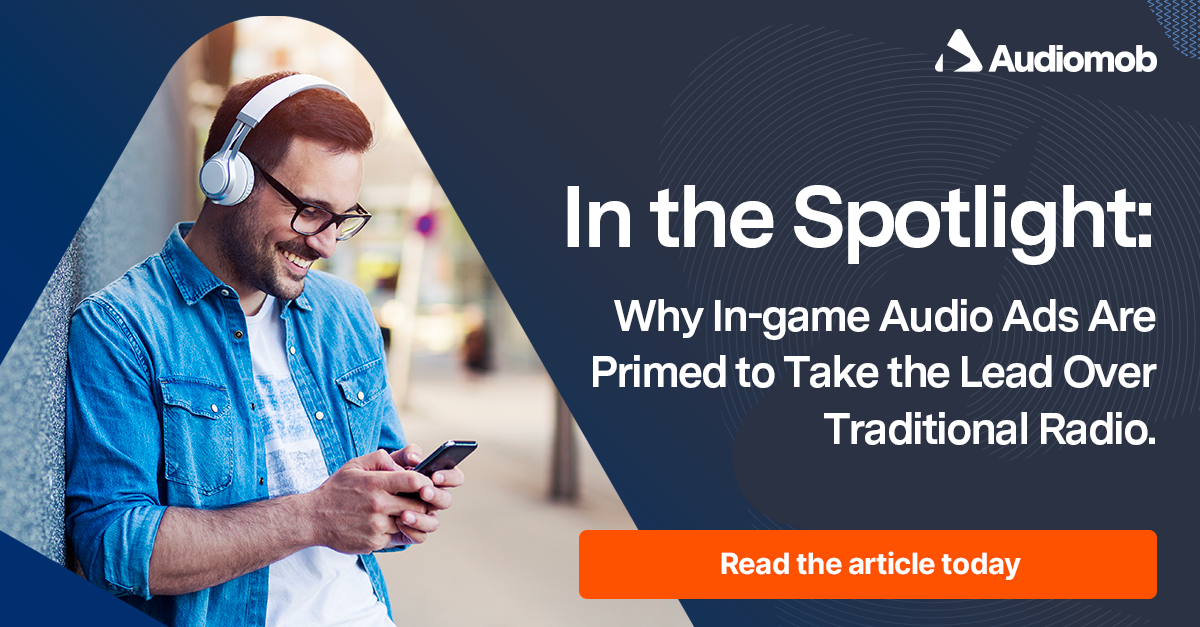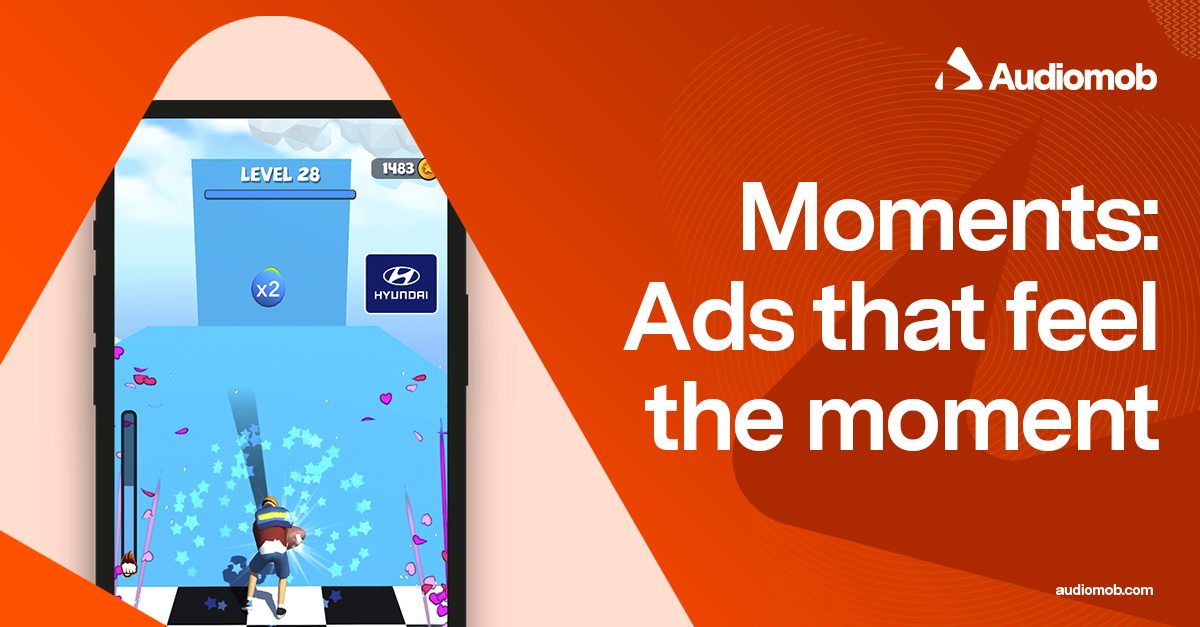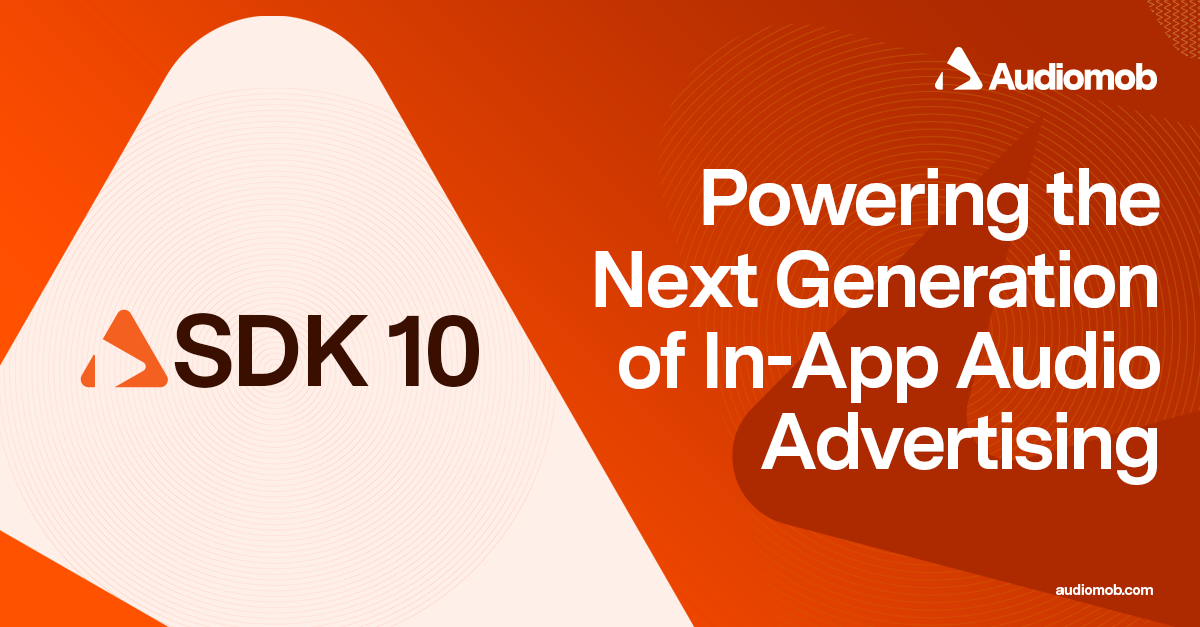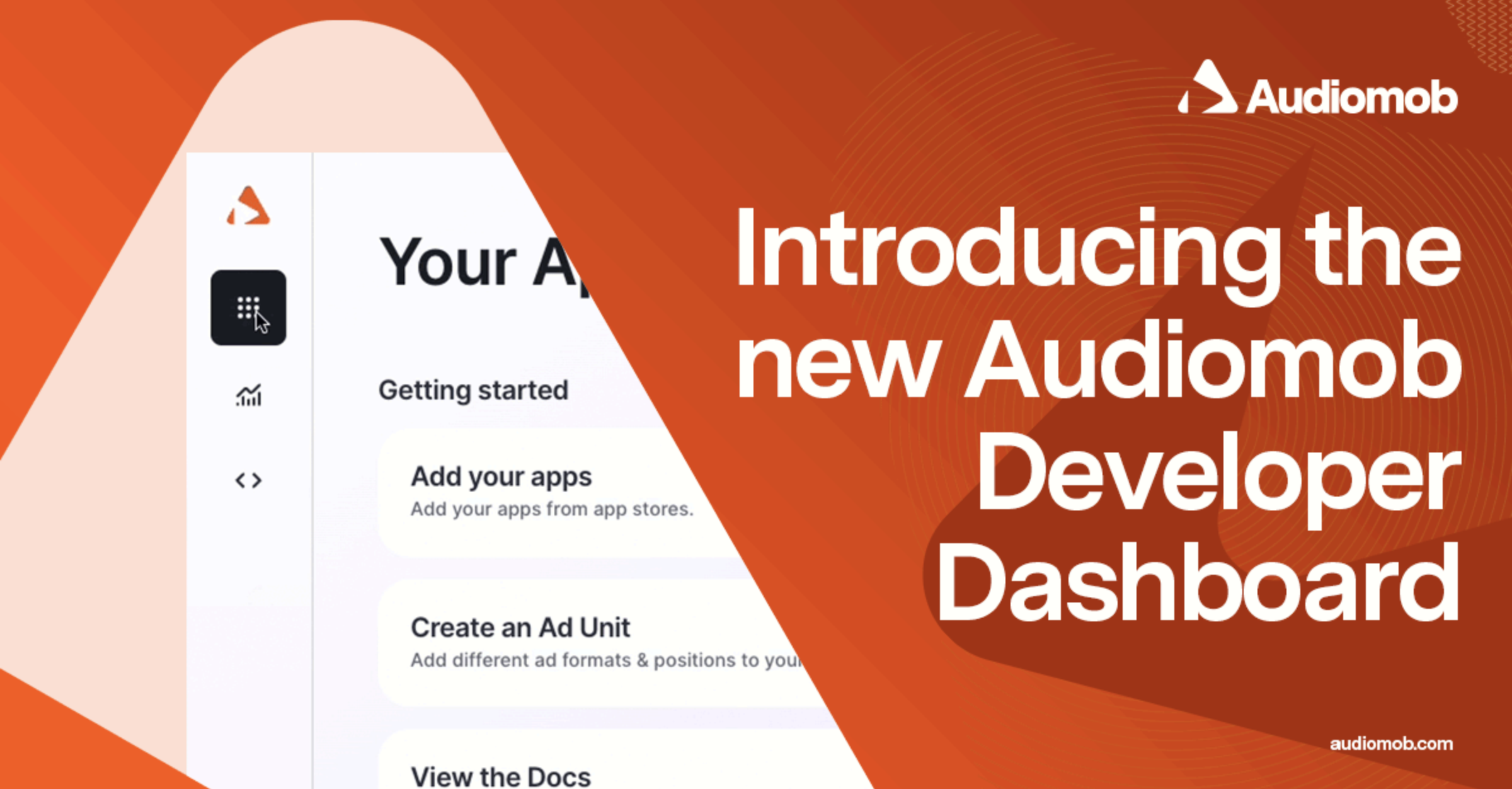Whether providing background noise for your day-to-day life or setting the theme for your road trip, radio has been a staple in our passive consumption of media. In fact, in a 2023 study by Edison Research, AM/FM radio still held the largest number of listeners (37%), compared to other audio mediums.
However, in an age of increased smartphone use and where digital audio is readily embraced by younger generations, a question arises: is radio still the most effective audio medium for your ads? Especially when compared with more contemporary formats like podcasting and in-game/app advertising?
The issue with traditional radio
Despite the global reach radio has had since its inception there are glaring issues when it comes to advertisements. One such issue has plagued radio ads for decades and that’s the inability to accurately track and meaningfully target listeners.
For instance, consider an ad slot on a popular radio station. While you might have a rough estimate of the usual number of listeners during your ad's time slot, there's no data to determine how many users actually listened to the ad as it played. Moreover, the lack of immediate access to contextual user data and real-time analytics makes it challenging to assess the effectiveness of your advertisement and identify areas for improvement.
When it comes to budgeting for a campaign, a lack of solid metrics puts traditional radio advertising on the back foot. Some advertisers may feel less willing to spend on something that does not produce a clear and, or immediate ROI. As such, audio ads for a long time have struggled to find their place in omnichannel marketing strategies for brands.
Measuring digital audio ads
Digital audio ad solutions typically include metrics that inform advertisers in real-time. For example, Here at Audiomob, our in-game audio ad solution allows advertisers to track the listen-through rates (LTR) and click-through rates (CTR) of their ads. Advertisers can also access contextual data on user behavior without compromising the user’s privacy.
To ensure that advertisers see accurate LTR & CTRs for their advertising campaigns we use our patented audibility software to detect the volume level of a user's device. This way, ads on games we support are only triggered when the user's volume level meets a specific threshold (dependent on the audio format used).
Digital audio and contextual relevance
With listeners now paying more attention to their ad experiences, contextual relevance is playing a bigger role. Digital audio formats give advertisers the ability to better segment and target their user base with ads that are more relevant to them.
When applied to in-game audio ads, data on the age groups, gender, and demographics of games can be segmented. In our ad campaign for Tylenol, we discovered that users who engaged most with the brand played more puzzle games. This data feeds into future campaigns, creating complex user profiles that allow us to better target puzzle enthusiasts with brands they’ll find relevant and engaging.
Digital audio also has the benefit of deeper AI support; here at Audiomob we’ve developed AI technology that predicts the best time to trigger an ad for each user based on their game/app behavior. Rather than setting ads to trigger at a specific time slot based on limited information, our AI models analyze over 1k data points in real-time so only the most relevant ads reach users.
A changing industry
With over 3 billion mobile gamers worldwide, in-game ads give advertisers access to an already hyper-engaged audience. Rather than passively engaging with ads like on traditional radio, in-game advertisements can also serve a purpose for the user, through organic integration into a game. Players can turn on the in-game radio of a car to hear ads, or in the case of the rewarded audio ad format, even earn in-game prizes.
Digital audio advertising is growing year and year with an annual growth rate of 4.38% whereas traditional radio advertising, while holding a larger market share, has seen little year-on-year growth. Without the ability to readily adapt to changes in the digital landscape and without clear ways to measure success, radio ads currently won't be able to meet the growing needs of an increasingly more digital-friendly audience.




